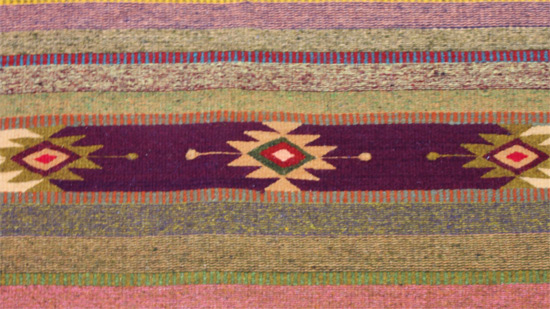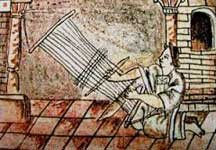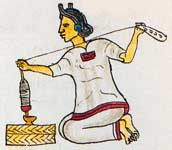We will visit colorful marketplaces where the culture comes alive with food, wares, and textiles. We will visit two distinctly different colonial cities where we will not only have the opportunity to learn about dyes and weaving styles brought down through generations, but also, we will have hands-on experiences. We will visit villages, some just a few kilometers apart yet with costumes and textiles that seem almost a world apart. We will enjoy local festivals in which textiles play an important role. We will meet artists and artisans. We will view wonderfully curated collections, and learn to identify the diverse cultures of the regions through their clothing and textiles.
Even though the women spend hours and hours working at home weaving masterpieces of high quality and sublime beauty, most of these pieces are sold for almost nothing. Your valuing the pieces and the time it takes to weave them is a great opportunity to give to the ladies hope and strength. They will be able to continue to preserve a treasure that has been in danger for generations.

Join our trip and help us to make a difference at the workshops and co-ops that we will visit in Oaxaca and Chiapas, where we will meet outstanding ladies with plenty of passion and energy, who will share with you their identities through their textiles.

During this tour, you will see women weaving with the backstrap loom. Although they live hundreds of miles apart and belong to two different cultures: Zapotec and Maya, you will see that they have many similarities. The differences will be in the way they create their own worlds through their designs.

Thanks to the archaeological record we can find these artifacts, such as the weaving stick and the malacate (spindle whorl), at the museums. Through this experience, these materials will come alive for you as you discover at the workshops of the weavers how they still use some of this pre-Hispanic technology, even using the same postures.
You will see how the weavers are open to new styles as well, using new materials, designs and shapes.
One of the most important concerns of the mothers in pre-Hispanic times and even nowadays is to teach to their daughters the privilege of weaving. One of the characteristics of our visits to the weaving villages will be opportunities to see mothers and daughters sharing together, and we will even see a third generation involved, as, sometimes, the granchildren will be included. As you listen to the women chatting with each other using their beautiful indigenous languages, for a moment, you may feel as if you are traveling not only to a remote place, but also to a remote time.
By the end of this trip, you will not only have new inspiration and information for your own work and lives, but you will also come away with an experience of cultures that will touch your emotions, stimulate your senses, and fascinate your mind.
